Beginner’s Guide to Companion Planting: Nature’s Garden Allies
Transform your garden into a thriving ecosystem where plants help each other grow stronger, healthier, and more productive—all without chemicals!
The Secret Garden Strategy Most Beginners Miss Urban gardeners often struggle with limited space, persistent pests, and disappointing harvests despite their best efforts. You’ve probably wondered why some plants thrive while others fail when you’re following all the same care instructions.
I’ve been there too. After watching my carefully tended tomatoes fall victim to pests, I discovered the ancient wisdom of companion planting that transformed my garden’s productivity.
In this guide, you’ll learn:
- How to pair plants that naturally protect each other from pests
- Which combinations boost flavor and accelerate growth
- Space-saving companion strategies for small urban gardens
- Simple plant pairings that increase your harvest by up to 30%
- My biggest companion planting mistakes and how to avoid them
What You’ll Need to Get Started
Essential Materials:
- Garden journal for tracking successful combinations
- Plant labels or markers
- Basic gardening tools (trowel, pruners, watering can)
- Seeds or seedlings of companion plants
- Organic compost
My Experience: When I first started companion planting, I didn’t track my combinations. Big mistake! Now my garden journal is my most valuable tool—it helps me remember what worked and what didn’t from season to season.

Understanding the Magic of Plant Partnerships
How Plants Communicate and Support Each Other
Imagine your garden as a community where each plant plays a specific role. Some plants act as bodyguards, others as soil doctors, and some even as matchmakers attracting beneficial insects.
Companion planting works through several fascinating mechanisms:
- Chemical signals that deter pests
- Physical structures that provide shade or support
- Root systems that access different soil layers
- Flowers that attract pollinators and beneficial insects
- Plants that fix nitrogen or mine nutrients from deep soil
Pro Tip: The benefits of companion planting aren’t always immediate. Give your plant partnerships at least one full growing season before judging their effectiveness.
Garden Vision: Picture walking through your garden where tomatoes grow robust and red beside fragrant basil, while nearby marigolds stand guard with their bright blooms. Bees and ladybugs visit regularly, and you notice significantly fewer pest problems than in previous years.
The Three Sisters: Nature’s Perfect Companion Planting Model
| Plant | Role | Benefit Provided | Benefit Received |
|---|---|---|---|
| Corn | Support structure | Provides climbing poles | Gets nitrogen from beans |
| Beans | Soil improver | Fixes nitrogen in soil | Uses corn for support |
| Squash | Ground cover | Suppresses weeds, retains moisture | Benefits from nitrogen, reduced weed competition |
| Brought to you by rootedurbanlife.com | |||
Pro Tip: Make sure to plant the corn first, giving it a two-week head start before adding beans and squash. This timing adjustment made all the difference between success and failure.
Companion Planting for Pest Control: Nature’s Pesticide
Defeat Garden Invaders Without Chemicals
Dealing with pests can be incredibly frustrating, especially when you’re trying to garden organically. Strategic plant partnerships can create a natural defense system that’s both effective and environmentally friendly.
Implementation Steps:
- Identify your most common pest problems (aphids, cabbage worms, etc.)
- Select companion plants known to deter those specific pests
- Intersperse pest-repelling plants throughout your garden
- Plant aromatic herbs along garden borders as a protective barrier
- Include flowering plants that attract beneficial predatory insects
Difficulty: ★★☆☆☆ | Time: 1-2 hours | Space: Works in any garden size
Top Pest-Deterring Companion Plants
| Pest | Problem Plants | Companion Defender | How It Works |
|---|---|---|---|
| Aphids | Lettuce, Cabbage | Nasturtiums, Chives | Strong scent confuses aphids |
| Cabbage Moths | Broccoli, Kale | Thyme, Rosemary | Masks the scent cabbage moths follow |
| Cucumber Beetles | Cucumbers, Melons | Radishes, Marigolds | Radishes act as trap crops; marigolds repel with scent |
| Tomato Hornworm | Tomatoes, Peppers | Borage, Basil | Confuses adult moths searching for host plants |
| Carrot Fly | Carrots, Parsnips | Onions, Leeks | Strong allium scent masks carrot smell |
| Brought to you by rootedurbanlife.com | |||
Pro Tip: Plant marigolds throughout your vegetable garden, not just as a border. I’ve found that interplanting them directly between tomato plants provides better protection against nematodes than planting them only around the perimeter.
Troubleshooting: If you’re still seeing pest damage despite companion planting, try increasing the ratio of protective companions to vulnerable crops (at least 1:3), and ensure your companion plants are mature enough to release their protective compounds.
Space-Maximizing Companion Strategies for Urban Gardens
Double Your Harvest in Half the Space
When garden space is limited, companion planting becomes even more valuable as a space-optimization strategy. The key is understanding plant growth habits and life cycles to pair plants that occupy different spaces or mature at different times.
Implementation Steps:
- Map your garden space, noting sun exposure and dimensions
- Identify fast-growing crops to pair with slower-maturing ones
- Plan for vertical growth using trellises and supports
- Consider root depth when pairing plants (shallow + deep)
- Use the “living mulch” technique with low-growing companions
Difficulty: Moderate | Time: 2-3 hours planning | Space: Especially valuable for small spaces
Space-Efficient Companion Combinations
| Primary Plant | Companion Plant | Space-Saving Benefit |
|---|---|---|
| Tomatoes | Lettuce, Spinach | Shade-loving greens grow under tomato canopy |
| Corn | Pole beans, Cucumbers | Vertical growth on corn stalks saves ground space |
| Broccoli | Radishes, Green onions | Quick-growing companions mature before broccoli needs space |
| Peppers | Basil, Oregano | Herbs create living mulch while enhancing pepper flavor |
| Squash | Nasturtiums | Trailing nasturtiums fill bare spots without competing |
| Brought to you by rootedurbanlife.com | ||
Garden Vision: Imagine your compact garden with tomato vines reaching skyward on sturdy cages, while below them lettuce and spinach thrive in the dappled shade. Nearby, beans spiral up corn stalks, their roots working at different soil depths. Every inch of your garden space produces food, with plants supporting each other’s growth.
Pro Tip: For ultra-small spaces like balconies, create vertical companion gardens in large containers. I’ve successfully grown cucumbers climbing up a trellis with radishes and leaf lettuce growing at the base in the same container.
Flavor-Enhancing Companion Planting
Grow Vegetables That Actually Taste Better
One of the most remarkable benefits of companion planting is how certain plant partnerships can actually improve the flavor of your vegetables. This happens through complex interactions between plant chemistry, soil biology, and growing conditions.
Implementation Steps:
- Identify your most-used culinary vegetables
- Research their flavor-enhancing companions
- Plant aromatic herbs near vegetables they complement in cooking
- Ensure both plants have compatible growing requirements
- Harvest companions together for peak flavor
Difficulty: Easy | Time: 1 hour | Space: Works in any garden size
Flavor-Boosting Companion Pairs
| Vegetable | Flavor-Enhancing Companion | Taste Improvement |
|---|---|---|
| Tomatoes | Basil | Sweeter, more complex tomato flavor |
| Strawberries | Borage | Intensifies sweetness and aroma |
| Carrots | Chives | Enhanced sweetness and earthy notes |
| Cucumbers | Dill | Improved crisp texture and fresh flavor |
| Eggplant | Thyme | Reduces bitterness, adds complexity |
| Brought to you by rootedurbanlife.com | ||
My Experience: The difference in flavor between isolated tomatoes and those grown alongside basil was so dramatic that my family could identify the “basil-companion tomatoes” in blind taste tests. The companion-grown tomatoes consistently had a more complex, sweeter flavor profile.
Pro Tip: For maximum flavor enhancement, plant aromatic herb companions when your vegetables are still young, allowing the relationship to develop throughout the growing season.
Companion Planting Combinations to Avoid
Prevent Plant Conflicts Before They Start
Just as some plants support each other, others can inhibit growth or even harm neighboring plants. Understanding these antagonistic relationships is just as important as knowing beneficial ones.
Garden Vision: Picture walking through your garden where each plant has the perfect neighbors—no struggling seedlings, no stunted growth, just harmonious plant communities thriving together.
Plant Combinations That Don’t Work
| Plant | Incompatible Partner | Why They Don’t Get Along |
|---|---|---|
| Tomatoes | Potatoes, Fennel | Compete for nutrients, increase disease risk |
| Beans | Onions, Garlic | Alliums inhibit bean growth |
| Broccoli | Strawberries | Compete for same nutrients, stunt each other |
| Cucumbers | Sage, Potatoes | Sage affects flavor, potatoes increase disease risk |
| Carrots | Dill | Dill can cross-pollinate and affect carrot flavor |
| Sunflowers | Potatoes | Sunflowers increase potato blight susceptibility |
| Corn | Tomatoes | Both heavy feeders that compete for nutrients |
| Brought to you by rootedurbanlife.com | ||
Pro Tip: When in doubt about plant compatibility, separate them with neutral “buffer” plants that get along with everyone. Calendula, nasturtiums, and sweet alyssum make excellent buffer plants in most garden settings.
Troubleshooting: If you notice plants struggling despite good care, check whether their neighbors might be incompatible companions. Sometimes simply moving plants to different garden sections can resolve mysterious growth problems.
Seasonal Companion Planting Calendar
Plan Your Partnerships Throughout the Year
Timing is crucial for successful companion planting. This calendar helps you plan when to plant companions for maximum benefit.
| Season | Primary Crop | Companion to Plant | Timing Tip |
|---|---|---|---|
| Early Spring | Peas | Radishes, Lettuce | Plant simultaneously |
| Mid-Spring | Carrots | Onions | Plant onions 1-2 weeks before carrots |
| Late Spring | Tomatoes | Basil, Marigolds | Wait until after last frost |
| Early Summer | Cucumbers | Nasturtiums, Dill | Plant when soil warms to 60°F |
| Mid-Summer | Corn | Beans, Squash | Plant corn first, beans when corn is 4″ tall |
| Late Summer | Fall Brassicas | Aromatic herbs | Plant herbs 2-3 weeks before brassicas |
| Fall | Garlic | Chamomile | Plant chamomile in summer before fall garlic |
| Brought to you by rootedurbanlife.com | |||
Pro Tip: Create a companion planting schedule at the beginning of each season, noting when to plant each companion pair. This prevents the common mistake of planting primary crops but forgetting their beneficial companions.
Troubleshooting Your Companion Planting
When Good Companions Go Bad
Even with careful planning, companion planting doesn’t always work as expected. Here’s how to identify and solve common issues:
| Problem | Symptoms | Solution |
|---|---|---|
| Overcrowding | Stunted growth, poor air circulation | Thin plants, increase spacing between companions |
| Competition for nutrients | Yellowing leaves, slow growth | Add targeted fertilizers, increase spacing |
| Incompatible water needs | One plant wilting while other thrives | Separate plants with different water requirements |
| Companion not providing expected protection | Pest damage despite companions | Increase ratio of protective companions, ensure mature growth |
| Allelopathic effects | Unexplained wilting or failure to thrive | Move sensitive plants further from potential allelopathic neighbors |
| Brought to you by rootedurbanlife.com | ||
Prevention Tips:
- Start with healthy, disease-free plants
- Ensure proper spacing between companion plants
- Consider mature size when planning companion layouts
- Monitor plant relationships regularly for signs of stress
- Keep a garden journal to track successful and unsuccessful pairings
Recovery Strategy: If companions aren’t working well together, don’t hesitate to separate them. It’s better to have healthy individual plants than struggling companions.
Frequently Asked Questions
Q: How close should companion plants be to each other?
A: Most companions should be planted within 12-18 inches of each other to provide benefits, though specific spacing depends on the plants’ mature sizes. Aromatic pest-repelling companions are most effective when interplanted directly among the plants they’re protecting.
Q: Can I use companion planting in containers?
A: Absolutely! Container companion planting works wonderfully, especially with herb/vegetable combinations like tomatoes and basil or peppers and oregano. Just ensure your container is large enough (at least 12″ diameter) and that all plants have similar water and sun requirements.
Q: Do companion plants need to be planted at the same time?
A: Not necessarily. Some companions benefit from sequential planting—for example, plant corn first, then add beans when corn is 4-6 inches tall, followed by squash when the corn is knee-high. My companion planting calendar provides specific timing guidance.
Q: How can I tell if my companion planting is working?
A: Look for these signs of success: fewer pest problems than previous seasons, vigorous growth, good yields, and improved flavor. Keep a photo journal to compare results year over year.
Q: What’s the single most effective companion plant for beginners?
A: Marigolds are the MVP of companion plants! They deter multiple pests (including nematodes), are easy to grow, and work well with most vegetables. I recommend French marigolds (Tagetes patula) for best results.
Essential Companion Planting Tools & Resources
These carefully selected tools have made my companion planting journey more successful:
- Permanent Plant Markers – Essential for tracking which companions are planted where
- Soil Test Kit – Ensures your soil can support both companion plants
- “Carrots Love Tomatoes” by Louise Riotte – The classic companion planting reference book
- Biodegradable Seed Starting Pots – For starting companion seedlings at the right time
- Organic Fish Emulsion – Gentle fertilizer that supports both companions without overwhelming either
- Row Cover Fabric – For protecting companion groups during temperature fluctuations
- Quality Pruning Shears – For managing companion plants that may need occasional trimming
Your Next Steps in Companion Planting
Solving Beginner Balcony Gardening Challenges: Setting Up For Success
Transform Kitchen Waste Into Garden Gold (Even in the Smallest Space!)
Grow Your Own Food in Any Space: A Beginner’s Guide
Key Takeaways
- Companion planting works through multiple mechanisms: pest deterrence, space optimization, and nutrient sharing
- The most successful companions often have different growth habits, root structures, or life cycles
- Not all plants make good neighbors—some combinations should be avoided
- Timing and spacing are crucial for companion planting success
- Documentation helps refine your companion planting strategy each season
Success Metrics:
You’ll know your companion planting is working when you see:
- Reduced pest damage without chemical interventions
- Improved yields compared to mono-cropped areas
- Enhanced flavor in your harvested vegetables
- More efficient use of garden space
Companion planting isn’t just an ancient gardening technique—it’s a practical approach to creating a more resilient, productive, and beautiful garden ecosystem. As a fellow gardener still learning and experimenting, I encourage you to approach companion planting with curiosity and patience.
Start with simple combinations, observe carefully, and adjust based on what works in your unique garden environment. Remember that even “failed” experiments provide valuable information for future seasons.
What companion planting combinations are you excited to try this season? Share your plans in the comments below and let’s learn from each other’s experiences!


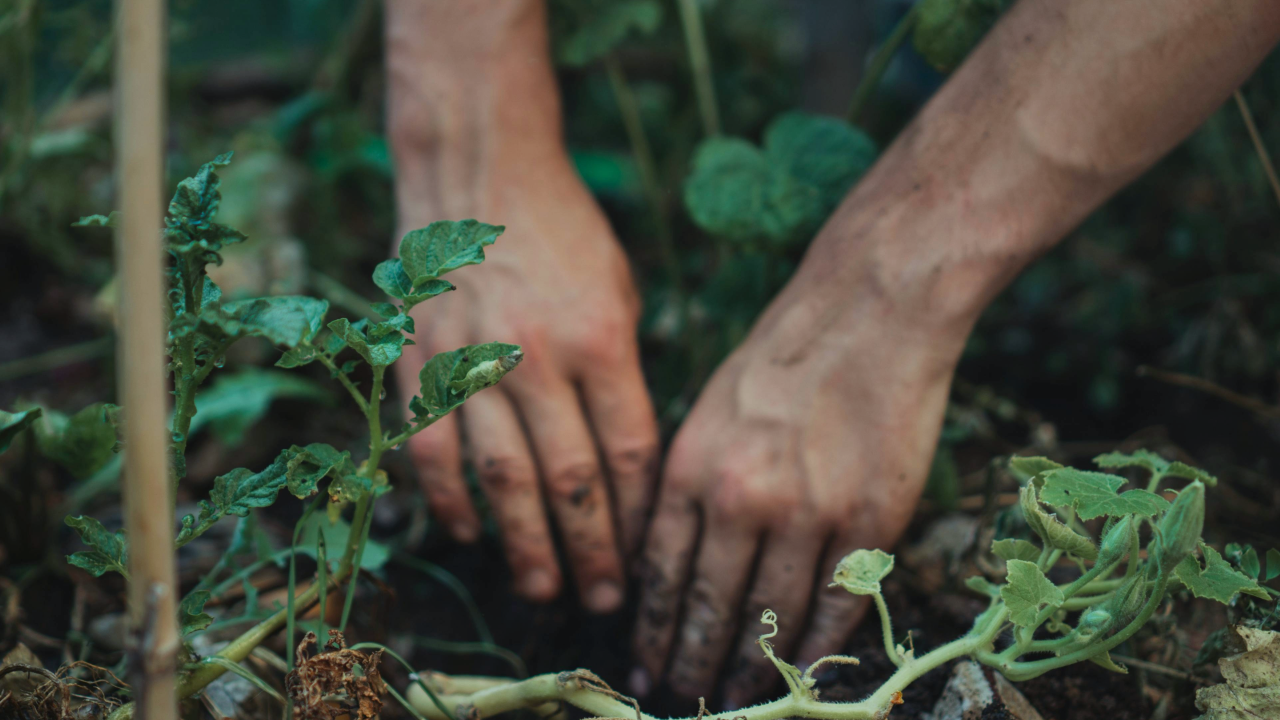

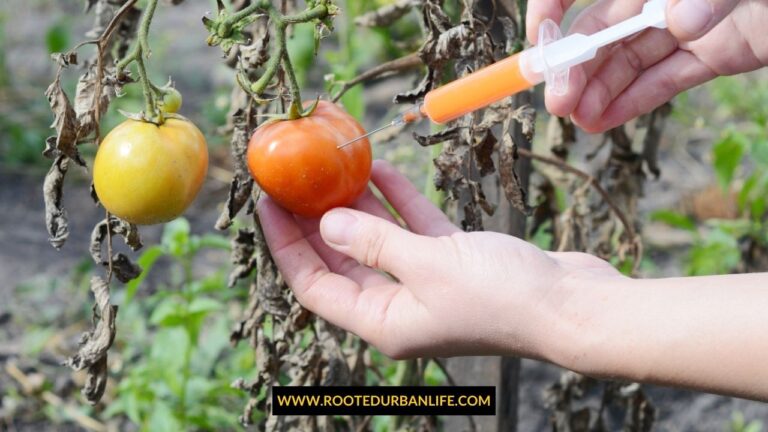
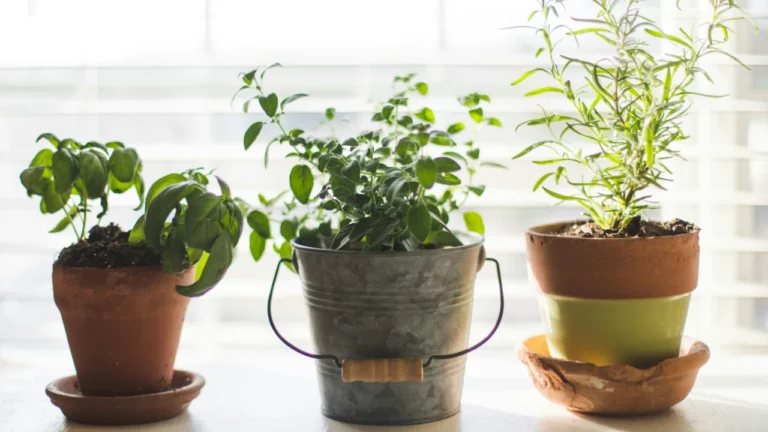
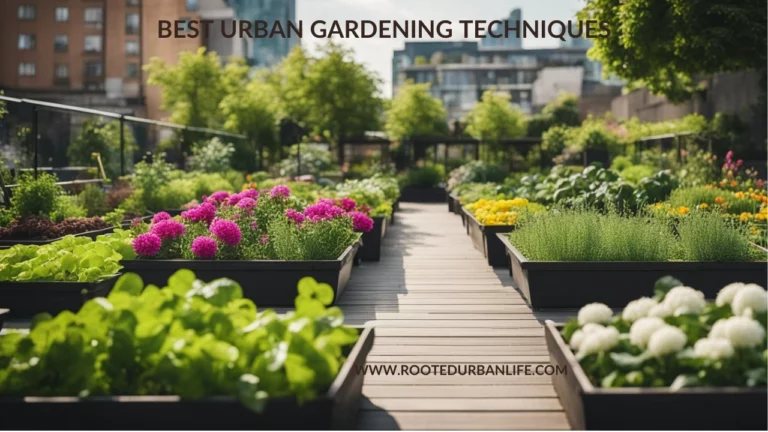

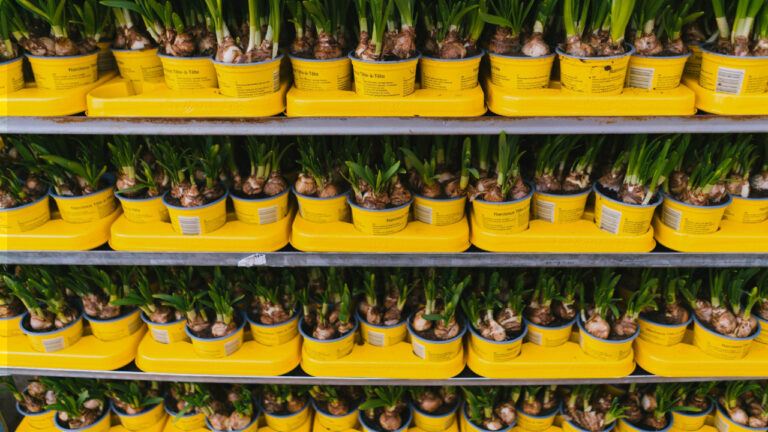
I thoroughly enjoyed reading your guide on companion planting! The concept of using natural plant relationships to boost yields and deter pests is both fascinating and practical. As someone who’s always looking for ways to reduce chemical use in my garden, I appreciate the beginner-friendly approach you’ve taken here.
This article is a fantastic resource for anyone looking to create a more sustainable and productive garden. I’ll be experimenting with these ideas and would love to share my experiences as I go. Thanks for the inspiration!
Thank you, I am glad you found useful information in this article. Don’t hesitate to let me know if you have questions. Happy gardening!